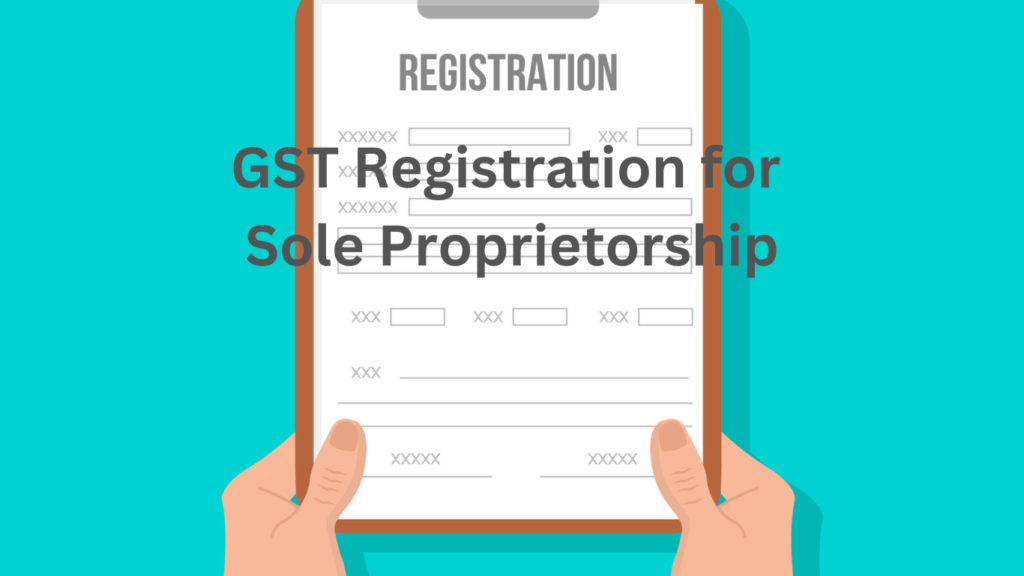In India, businesses and corporate entities are governed by specific legal frameworks to ensure accountability, transparency, and compliance. Two critical identification systems central to corporate governance are the Corporate Identification Number (CIN) and the Director Identification Number (DIN). This comprehensive guide What is CIN and DIN in Company, delves into the meaning, structure, and importance of these identifiers while outlining how they differ and their role in business operations.

What is a Corporate Identification Number (CIN)?
A Corporate Identification Number (CIN) is a 21-character alphanumeric code assigned to companies registered in India by the Ministry of Corporate Affairs (MCA). This unique code provides critical information about the company, including its type, business activity, incorporation state, and year of registration. CIN is mandatory for entities such as private and public companies, One Person Companies (OPCs), and Nidhi companies.
Key Features of Corporate Identification Number :
Unique 21-character alphanumeric identifier.Assigned to all companies registered under the MCA.Used in government filings, financial documents, and official transactions.
Read This Also: What is a Digital Signature Certificate
Structure and Components of a CIN
Each part of the 21-character CIN represents specific details about a company. Here’s the breakdown:
- First Character: Indicates whether the company is listed or unlisted.
L: Listed company.U: Unlisted company.
- Next 5 Digits: Represents the industry code, defining the company’s business activity (e.g., manufacturing, IT, trading).
- Next 2 Characters: Denotes the state of incorporation (e.g.,
MHfor Maharashtra,DLfor Delhi). - Next 4 Digits: Specifies the year of incorporation (e.g.,
2020). - Next 3 Characters: Indicates the type of company:
PTC: Private Company.PLC: Public Company.FTC: Foreign Subsidiary Company.
- Last 6 Digits: A unique registration number assigned by the Registrar of Companies (ROC).

Example of a CIN:
Example CIN: U12345MH2024PTC123456
U: Unlisted company.12345: Industry code for business activity.MH: Incorporated in Maharashtra.2024: Year of incorporation.PTC: Private Company.123456: Unique registration number.
Importance of CIN
Identification: Acts as a company’s unique identity.Access to Data: Facilitates viewing company details via the MCA portal.Regulatory Compliance: Essential for tax filings, financial returns, and government oversight.Transparency: Builds trust among investors and stakeholders.Daily Operations: Required for tasks like opening bank accounts, obtaining loans, and filing returns.
How to Check a Company’s CIN?
- Visit the MCA Website at the MCA Portal.
- Go to the “Find CIN” section.
- Enter the company name or registration number.
- The CIN and other details will be displayed.
What is a Director Identification Number (DIN)?
A Director Identification Number (DIN) is a unique 8-digit identification number assigned to individuals who wish to serve as directors in companies registered under the Companies Act, 2013. DIN ensures directors’ legal accountability and compliance with corporate governance regulations.
Key Features of DIN:
- Unique to each and valid for a lifetime.
- Mandatory for directorship in any company.
- Applicable across all companies where an individual serves as a director.
How to Get a DIN / Steps to Obtain a DIN
Prepare Necessary Documents:
- Passport-size photograph.
- Proof of identity (e.g., PAN card, Aadhaar).
- Proof of residence (e.g., utility bill).
- Digital signature certificate.
Form DIR-3 Submission:
- Apply on the MCA portal with the required documents and fees.
Government Verification:
- The Central Government verifies the application and issues the DIN within a month.
Rules and Importance of DIN
Key Rules
- An individual can hold only one DIN.
- Companies must report directors’ DINs to the Registrar of Companies within 15 days.
- DIN must be mentioned in all official documents.
Importance:
- Transparency: Links directors to their roles across multiple companies.
- Regulatory Compliance: Required for filing returns and legal documents.
- Fraud Prevention: Ensures directorship roles are legitimate.
Penalties for Non-Compliance:
- Fine up to ₹50,000.
- Imprisonment for up to 6 months in severe cases.
Comparison of CIN and DIN :
Aspect | CIN | DIN |
| Purpose | Identifies companies. | Identifies directors. |
| Structure | 21-character alphanumeric code. | 8-digit numeric code. |
| Applicability | For companies registered under MCA. | For individuals serving as directors. |
| Issued By | Registrar of Companies (ROC). | Central Government via MCA. |
| Validity | Changes with company details. | Permanent unless cancelled. |
FAQs :What is CIN and DIN in Company
Q1: Can two companies have the same CIN?
No, the last six digits of the CIN are unique for every company and ensure no two companies have the same CIN.
Q2: Is CIN applicable to LLPs?
No, LLPs are assigned a unique LLPIN (Limited Liability Partnership Identification Number) instead of a CIN.
Q3: Can the CIN change?
Yes, a CIN can change if the company’s listing status, location, or type changes (e.g., from private to public).
Q4: Can a director hold multiple DINs?
No, an individual can only hold one DIN, regardless of the number of companies they serve as a director.
Q5: How long is a DIN valid?
A DIN is valid for a lifetime unless cancelled by the Central Government.
Q6: Is DIN required for LLPs?
No, LLPs require a Designated Partner Identification Number (DPIN) instead of a DIN.
Q7: What happens if a DIN is not provided to the company?
Non-compliance may result in penalties under the Companies Act.
Understanding CIN and DIN is essential for maintaining corporate transparency and compliance in India. While CIN identifies companies, DIN uniquely links individuals to their roles as directors. Both systems play a crucial role in fostering accountability and ensuring smooth governance.
Please consult CA or professional advisory to obtain CIN and DIN.


